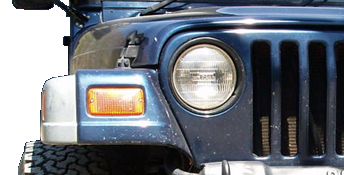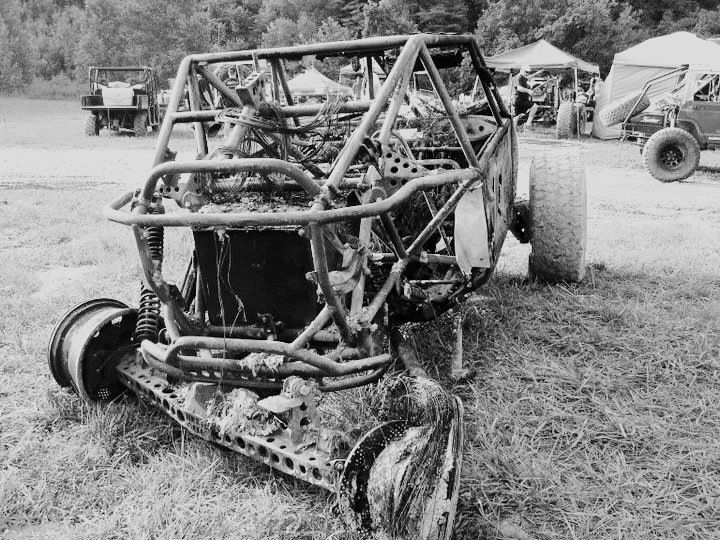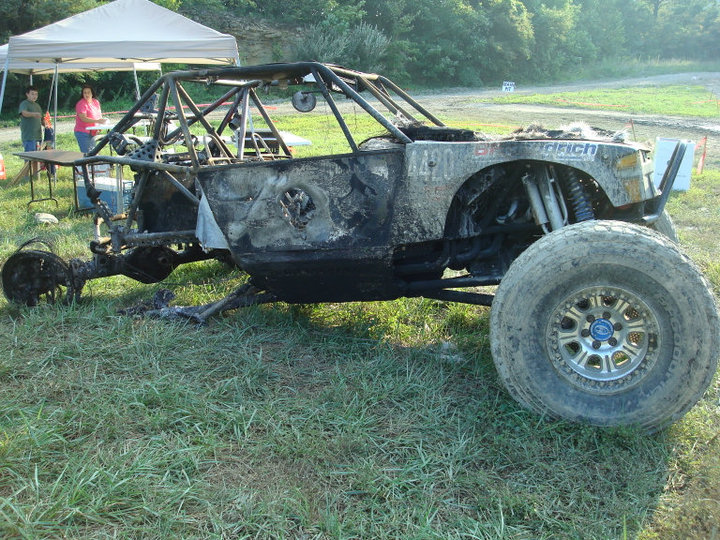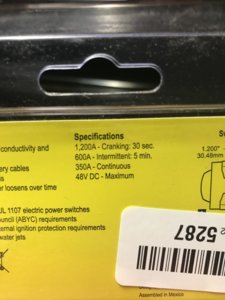I agree and understand with what
@Fabrik8 is saying regarding being hard on the alternator..but I think he is making a theory over execution folly. You arent going to use this switch (presumably) to cut the rig off everytime, this is an emergency only kill, right? You arent going to destroy an alternator by using this method 2-3 times over the course of a forever.
I agree mostly, but I was really saying that he may need a different type of switch instead of just a simple battery disconnect.
And yes, you can destroy a regulator/rectifier assembly with a one-time load dump, depending on conditions.
If just having a safety shutoff is the most important thing, the alternator doesn't matter that much if it gets damaged because of a lack of load dump protection. But, once you're back with tires-down, you may not have a functioning alternator anymore to get you back home.
There are ways to do load dump protection though, by shunting the energy somewhere else (a TVS array, etc.). Again, actual kill switches sometimes have things like load dump protection built in, and additional poles to take care of some of the other practical considerations.
Now why can't I find one of the damn things while we're talking about it.....?
It's possible that your truck already has some alternator load dump protection built in, but I'd want to know where it is first, so you don't end up isolating the load dump protection by disconnecting the wrong part of the circuit. A lot of modern stuff has the load dump protection inside the alternator, but I have no clue whether it does or not, and whether Toyota would be doing that in 1997. I'm just assuming it doesn't, because I don't know.
How the alternator is disconnected, what side of the disconnect switch it is attached to, etc., are all considerations if the battery is to be disconnected and the engine needs to be shut of at the same time. For example, if you connect the alternator to the battery side of the disconnect switch, load dump doesn't become a problem, but then you aren't disconnecting the alternator from the battery if a simple SPST disconnect switch is used, even though all of the power is now disconnected from the ECU, fuel pumps, ignition, etc. So your engine is no longer running, but your battery isn't completely isolated either. If the alternator is on the engine side of the cutoff switch, and the alternator output is not disconnected, the engine will not shut off.
It's really a matter of what you're trying to actually do for particular safety situations, and what you want to disconnect versus completely isolate, etc.
As you've noticed, I'm not much of a "Just do this, you'll probably be okay. Maybe." type of person.

Seriously though, you could just disconnect the alternator and sort out how to deal with the damage after it happens,
if it happens.






